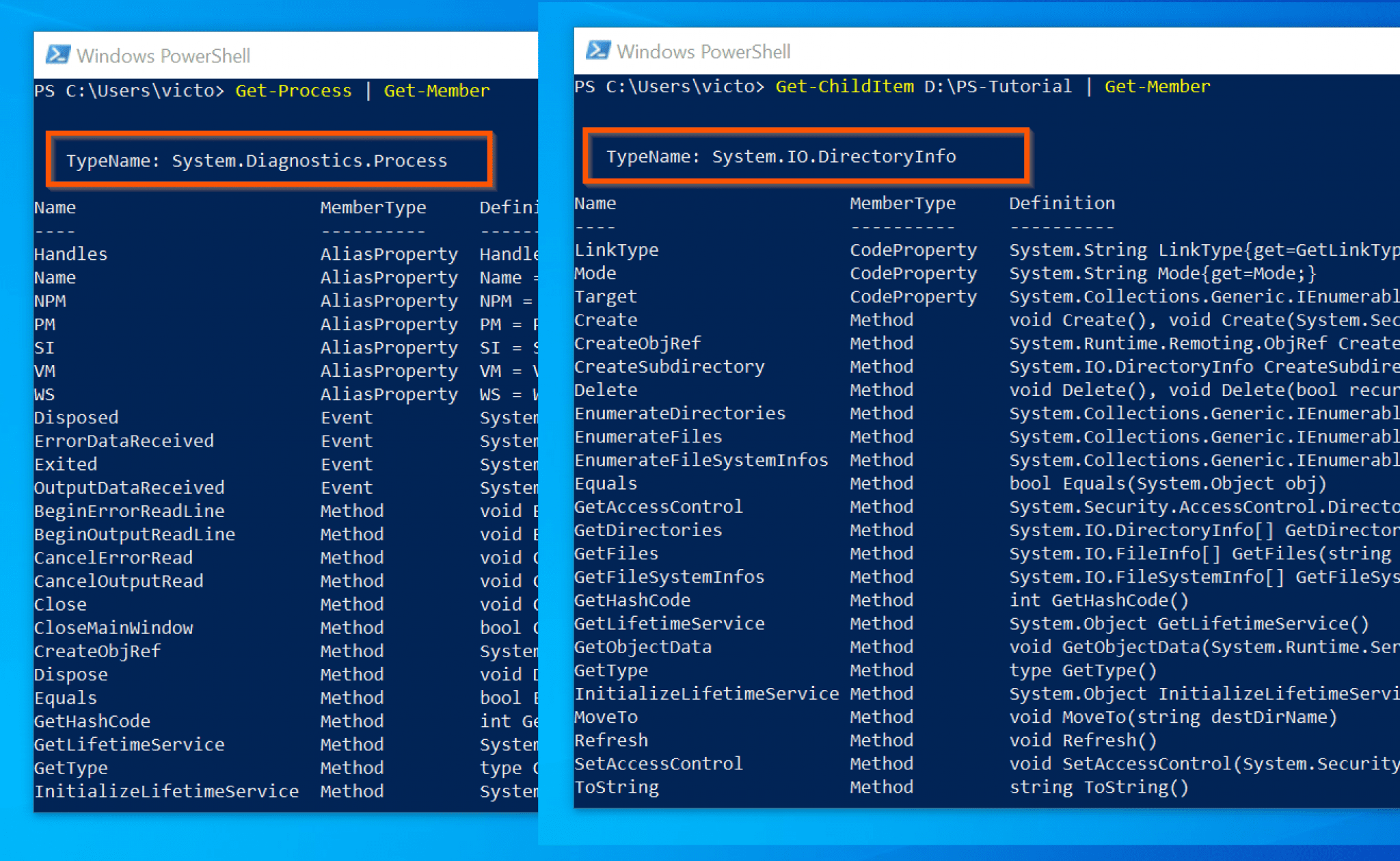

This should be avoided for a couple of reasons: If you have many scripts that need to be automated, it may be tempting to create a single app registration for all of them. The Redirect URL field isn’t used in this scenario. The supported account type should be left as the default, because no users will be authenticating to the application-instead, the script will be authenticating as the app. The name value is free text but should be descriptive enough to identify which script is using the app registration. In the dialog box that opens, enter the app name, as Figure 2 shows.

Navigate to Azure Active Directory > App registrations > New registration, as Figure 1 shows. To create an app registration, log on to the Azure Portal with an account that has either the Global Administrator or Application Administrator role. Alternatively, creating an app registration through the Azure Portal hides this complexity and is much simpler to accomplish. When you use PowerShell to create an app registration, you must create these objects separately and then link them. However, this technique is somewhat complicated and therefore not recommended when getting started.Īn app registration is essentially two different objects: a service principal and an application.

Like many things in Microsoft Azure, it’s possible to create an app registration with PowerShell.

We’ll go into more detail about each of these steps below.


 0 kommentar(er)
0 kommentar(er)
